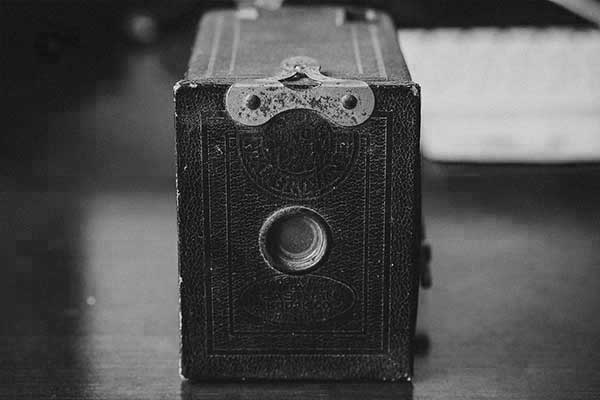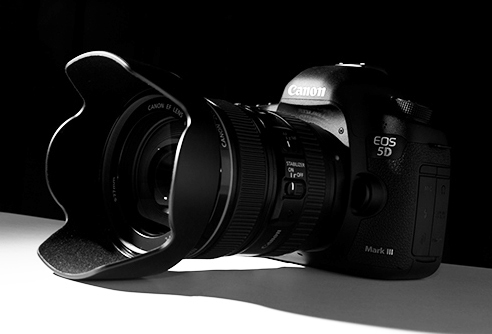History of DSLR Cameras
The Photographic Family Tree
In comparison to other forms of visual image-making (drawing, painting, screenprinting, etc.), photography is a youngster. Starting with the invention of the camera obscura (meaning "dark room") in the early 1600s, a mirror-projection device equipped with different lenses for zoom and focus, scientists, sociologists, anthropologists, and artists alike began to see the potential and power of capturing, processing and fixing perfect images of reality using Mother Nature's light.
In 1827, using chemically-treated paper and an exposure time of 30+ minutes, French scientist-photographer Joseph Nicephore Niepce successfully captured a photographic image with a camera obscura. By the mid-1800s, the photographic negative-positive process was invented, with photographers exposing light-sensitive glass and metal plates in cameras that were becoming smaller and smaller. Similar to the original camera obscura, cameras employed reflective mirror-mechanism technology to process and project light onto treated mediums. By the 1920s, the photographic powerhouse of Kodak began selling nitrate-based 35mm film, and the German company Leica was quick to respond with creating a camera that could hold and process Kodak's new product. At this point in time, Kodak's invention was revolutionary, leading to Polaroids invention of instant photography with Polaroid cameras and chemical-encased film to match in 1963.
It wasn't until the 1970s that the first semblences of digital single-lens reflex (DSLR) cameras, known as charged-couple devices (CCDs), entered the photographic scene. Instead of directly depositing light onto a light-sensitive medium using mirrors, CCDs took the mirror-reflected inputs of light and translated them into electronic signal outputs. Even with the entrance of other accoladed camera companie like Canon and Nikon, this electronic-signal technology still persists as the ruling technology of digital DSLR cameras. The newest digital cameras on the market now actually employ mirrorless technology, with the captured light directly depositing its information on a sensor rather than a mirror.
Sources
Bellis, Mary. “A Comprehensive Look at the History of Photography.” ThoughtCo, ThoughtCo, 30 May 2019, www.thoughtco.com/history-of-photography-and-the-camera-1992331. https://www.thoughtco.com/history-of-photography-and-the-camera-1992331

Joseph Niepce Nicephone's first image, titled View from His Window at Maison Du Gras, 1826.

An example of a camera that employs the sensitized glass/metal plate method.

The Canon 5D Mark, a premiun Canon DSLR model.